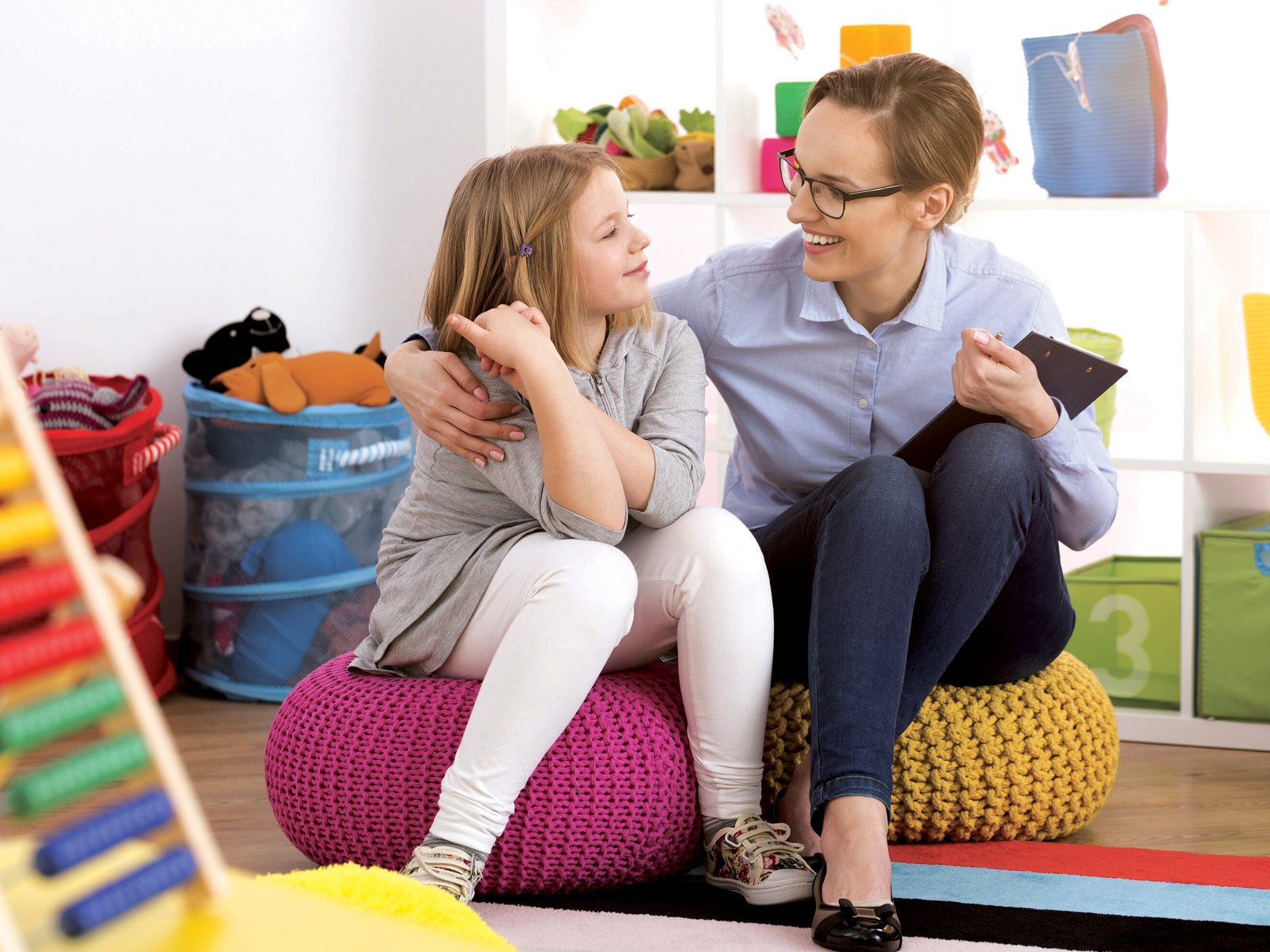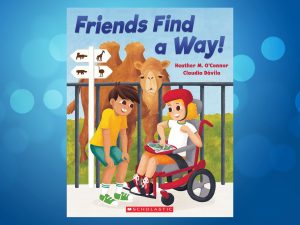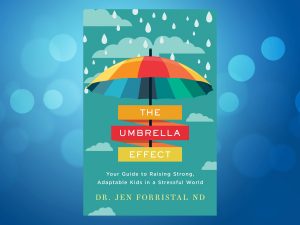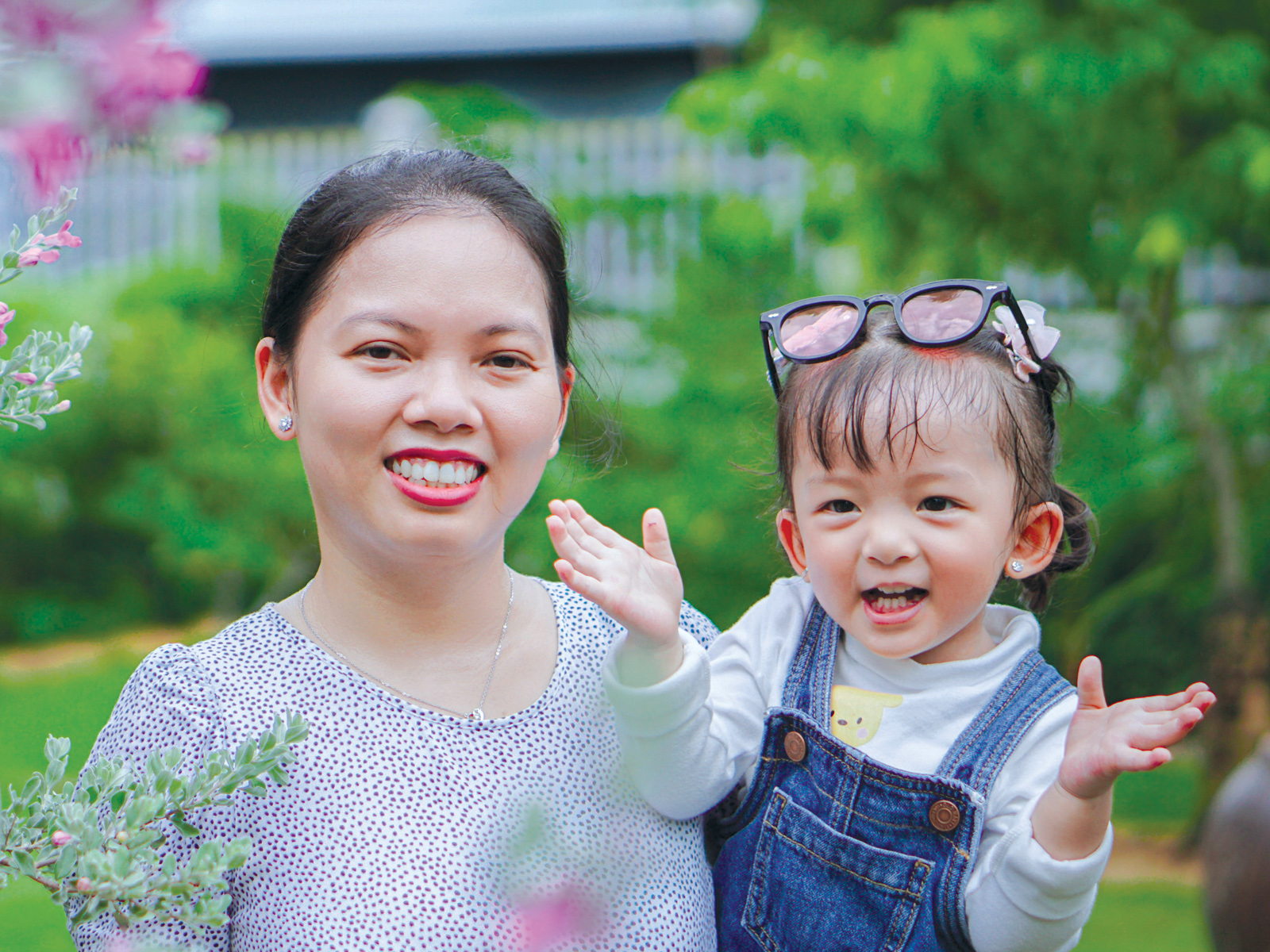Building strong tools to advocate
“So, Alex, how are we going to do this today?”
“Well, Dawn, I’ll sit, you stay.”
“Ok, do you remember the last time you had bloodwork? You told me about that concert you attended.”
“Uh yep.”
“Why don’t you tell me more about that while you do your bloodwork?”
“I don’t like bloodwork.”
“I know, Alex, but you always get through it and remember, let’s focus on each other.
Do you want to hold my hand this time or not?”
Alex sighs deeply and replies “Yep, let’s do this.”
Alex is a 16-year-old boy with Down Syndrome. He has been working with the child life team at BC Children’s Hospital for over ten years. With support from Alex’s mom and his ongoing therapeutic relationship with the child life team, we prepare Alex for medical procedures and advocate for his needs whenever he is in the hospital.
We strive to make his hospital experience more positive and ensure that we continually build Alex’s capacity and confidence so that he is successful in meeting his healthcare needs.
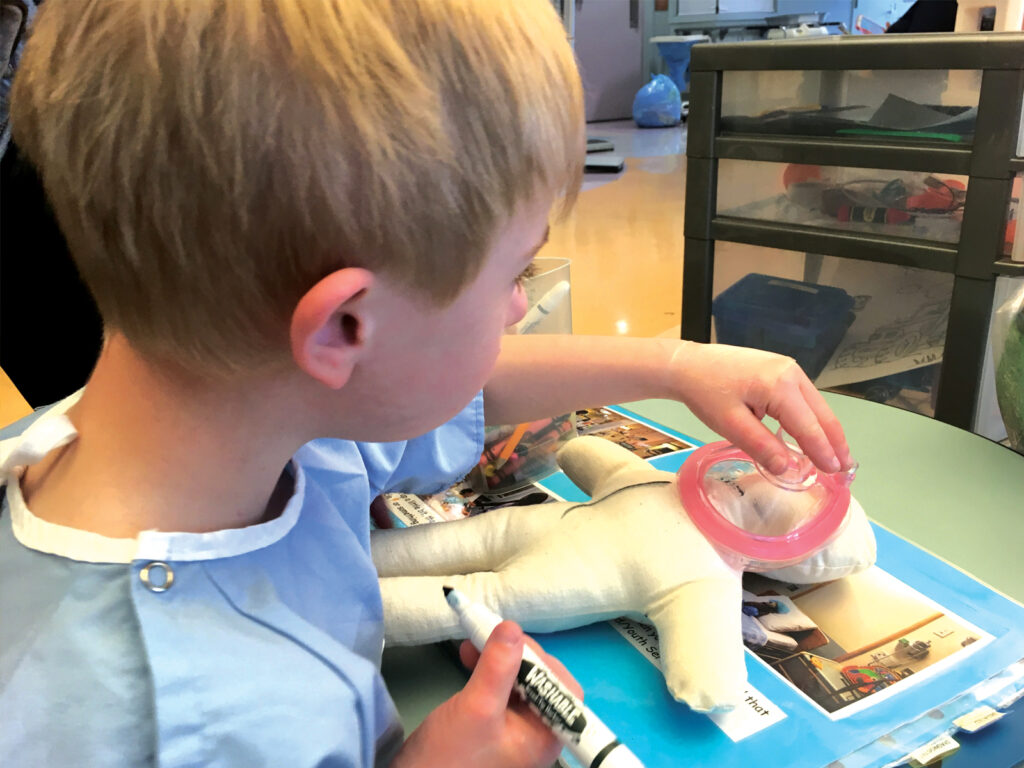
In the hospital, Certified Child Life Specialists (CCLS) are trained to help clients develop the skills that will improve hospital visits and minimize trauma using a child development and family-centered care lens. They help children and youth build strong tools that will help them to advocate for their needs—particularly important for when Alex, and others like him, transition to adult care.
Child life specialists consider a child and family’s social, emotional, and mental state and strive to create therapeutic care plans that are specific an individualized.
Our role begins by talking with the families to: 1. Understand the needs of their child or youth and 2. Address factors that could impact their healthcare journey. This work is done by assessing potential stressors that could impact their healthcare journey and experience; diagnosis, healthcare history, temperament, sensory needs, response to staff and the environment.
Personalized solutions
CCLS’s rely heavily on the family or guardian’s knowledge of their child and recognize that they hold invaluable experience advocating for their child. While devising a patient’s coping plan in hospital, we seek to learn what works for the child, recognize the supports and tools that are already in place, and figure out the trigger points to avoid. The next and, of course, most important piece of our work is to directly assess the child. In doing this the CCLS will aim to understand how they can understand and meet a child’s developmental needs through play,
a language that is universal to all children and youth.
Through play, a CCLS can communicate with children through a comfortable and familiar avenue. Play provides an innate response from every child which allows the specialist to safely and naturally determine their potential stress levels. For example, we will often use “medical play” on a doll with pediatric patients to allow them to express their past healthcare experiences and process and/or understand new procedures that are coming up.
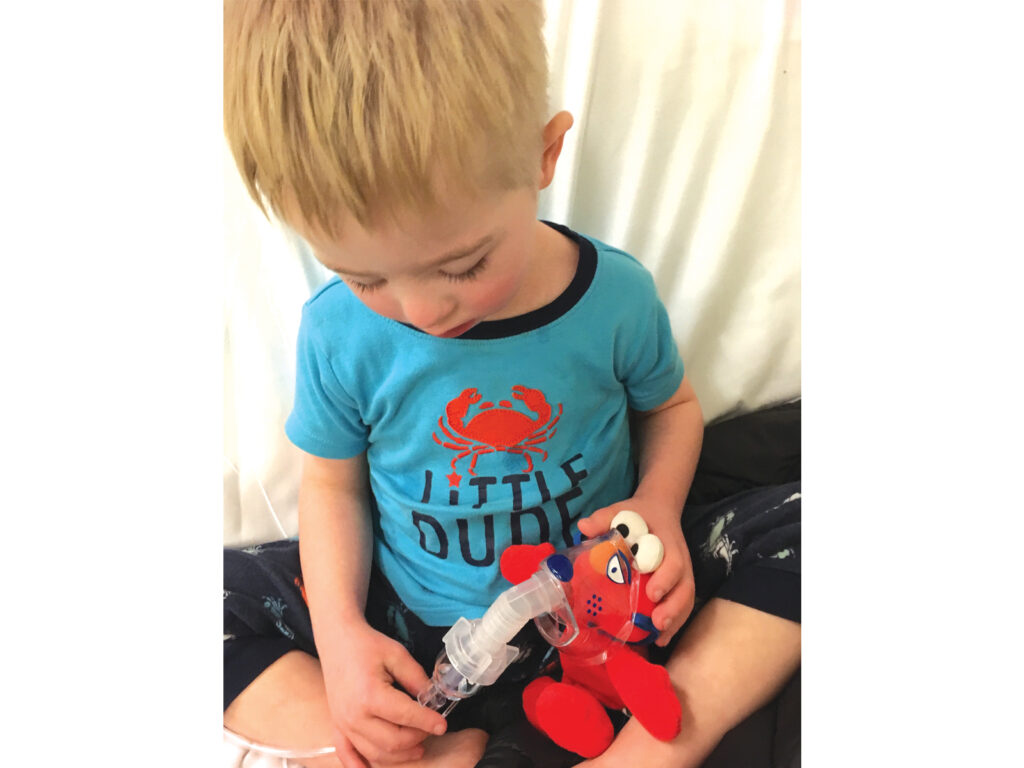
Bridging the gap
The CCLSs often work as conduits to reduce uncertainty as they have both the knowledge of child development and an understanding of most healthcare procedures. Using appropriate language, preparation for youngsters involves the offering of step-by-step explanations of what to expect along with descriptions of the types of sensations patients will feel. This is done with social stories, step-by-step pictures and descriptions that describe what will be happening. By allowing children and youth the opportunity to learn about their procedures, ask questions, and rehearse coping strategies, child life specialists encourage patient autonomy and mastery, and empower them to discuss their concerns and advocate for their needs.
During the procedure itself, specialists can offer distraction strategies such as de-escalation, deep breathing, and alternative focus based on their needs, concerns, developmental age, and interests. They can also develop tools to help manage painful and stressful procedures. For example, a child may be encouraged to catch or blow at bubbles as a distraction and or coached to do deep breathing while
getting blood work.
Psychosocial wellbeing
Distraction in the form of play can also be used to normalize the hospital environment and reduce boredom and encourage social interactions and childhood experiences unrelated to health care.
Normalization of the hospital experience can be found in a favourite toy or activity, free play in designated spaces, and participation and engagement in events that are offered during their stay. Infact, part of the CCLS role is to try to ensure that the importance of childhood and having fun is not lost due to hospitalization.
So, where are we with Alex today? We’ll continue to support him and his mom during their hospital visits as they come up. However, we are planning to gradually switch our focus towards building on the skills and confidence he has acquired so that he’s ready, willing and able to transition into the world of adult healthcare.
Shavaun Chan has her Master’s degree in Child Life and Pediatric Psychosocial Care at McMaster University and is now a certified child life specialist at BC Children’s Hospital.
Dawn McKellar has been a certified child life specialist in a variety of roles at BC Children’s Hospital for 16 years. She has served on a number of boards and recently joined Down Syndrome BC.

